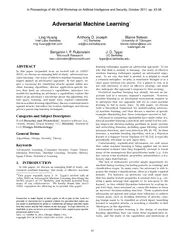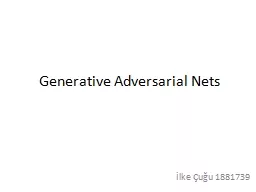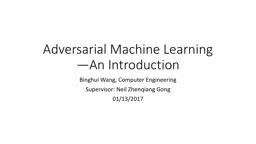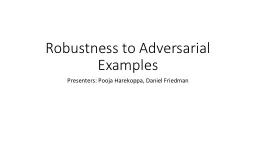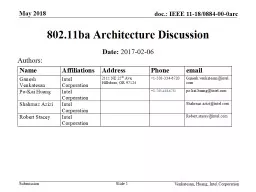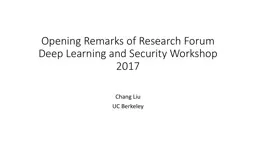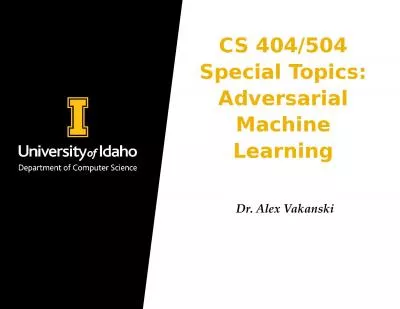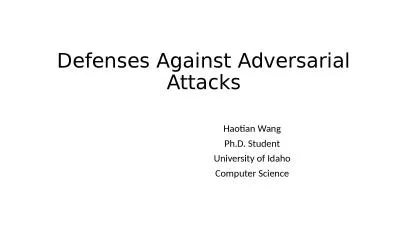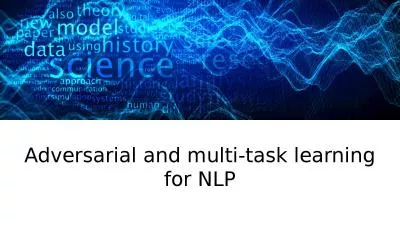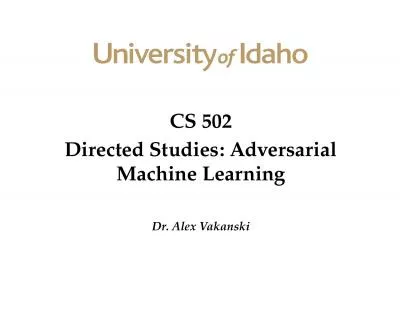PDF-Adversarial Machine Learning Ling Huang Intel Labs Ber
Author : alida-meadow | Published Date : 2015-04-23
huangintelcom Anthony D Joseph UC Berkeley adjcsberkeleyedu Blaine Nelson University of T57596bingen blainenelsonwsiiuni tuebingende Benjamin I P Rubinstein Microsoft
Presentation Embed Code
Download Presentation
Download Presentation The PPT/PDF document "Adversarial Machine Learning Ling Huang ..." is the property of its rightful owner. Permission is granted to download and print the materials on this website for personal, non-commercial use only, and to display it on your personal computer provided you do not modify the materials and that you retain all copyright notices contained in the materials. By downloading content from our website, you accept the terms of this agreement.
Adversarial Machine Learning Ling Huang Intel Labs Ber: Transcript
Download Rules Of Document
"Adversarial Machine Learning Ling Huang Intel Labs Ber"The content belongs to its owner. You may download and print it for personal use, without modification, and keep all copyright notices. By downloading, you agree to these terms.
Related Documents

